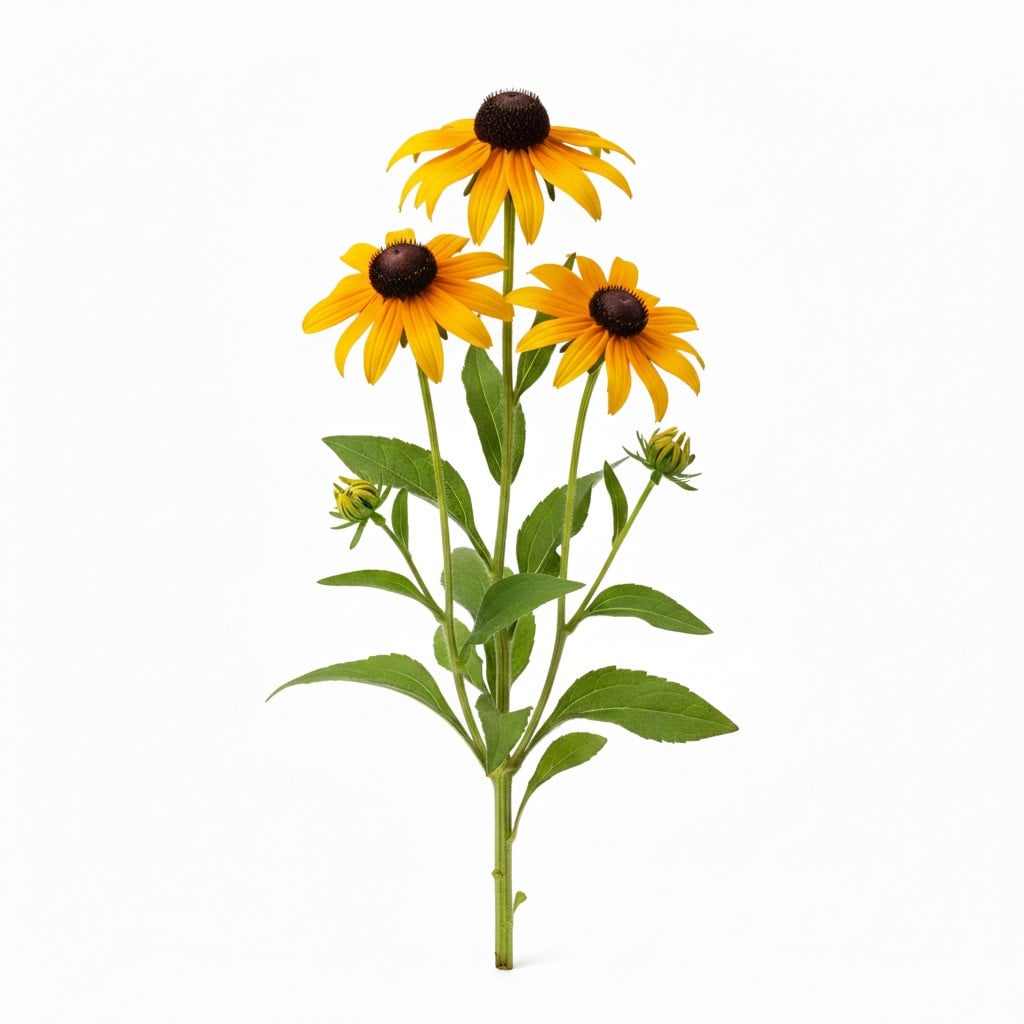Rudbeckia (Coneflower / Black-eyed-susans)

Rudbeckia (Coneflower / Black-eyed-susans)
Rudbeckia
Plant family
Daisy family (Asteraceae)
Season Overview
Propagating
Planting
Harvest
Harvest
J
F
M
A
M
J
J
A
S
O
N
D
1ST YEAR
FOLLOWING YEARS
Details
Light requirement
Sunny
Water requirement
Moist
Soil
Medium (loamy)
Nutrient requirement
Low
Plant distance
20 cm
Row spacing
20 cm
Seeding depth
1 cm
Instructions
Description
Rudbeckia belongs to the daisy family (Asteraceae). There are 20-23 species. They are cultivated as ornamental plants. They grow herbaceous and grow between 0.5-3 m/0.5-3.3 yd tall. They can be annual, biennial or perennial. Due to their similar appearance, there is often confusion between the coneflowers (Echinacea) and the rudbeckias (Rudbeckia). The original rudbeckias had yellow flowers, but now there are flowers in other colors.
Origin:
North America
Growing tips
Divide every 4-5 years in the spring. Taller species are best supported by a perennial ring. Do not cut back until spring. Should not stand too dry, as they will then topple over easily. Also good with red yarrow, coneflower, grasses or torch lilies. Propagate in spring by seed, division or cuttings. Most species are hardy. Insect and bird friendly. Perennials can be planted out earlier than annuals. Do not plant out during frost or heavy moisture. Fertilize once a year in spring.
Companion Plants
Antagonistic Plants
No antagonistic plants
Diseases
Powdery mildews
Pests
Land snails
Aphids